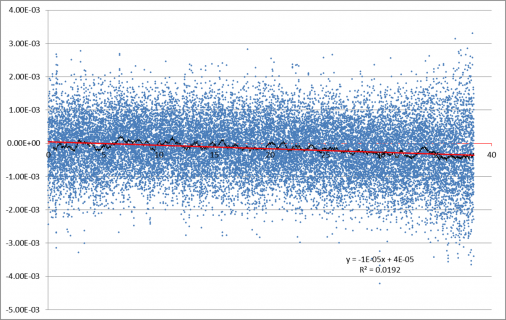mjs513
Senior Member+
Morning everyone. Have a question on using Eigen. I am getting an error that is driving me crazy. I am getting a lvalue error when I do these assignments and not really sure why:
Even if I change to x_(0,0) to phi, I get the error. Help.
Thanks
Mike
_Euler(0,0) = x_(0,0);
_Euler(1,0) = x_(1,0);
_Euler(2,0) = xh_(0,0);
Even if I change to x_(0,0) to phi, I get the error. Help.
Thanks
Mike



